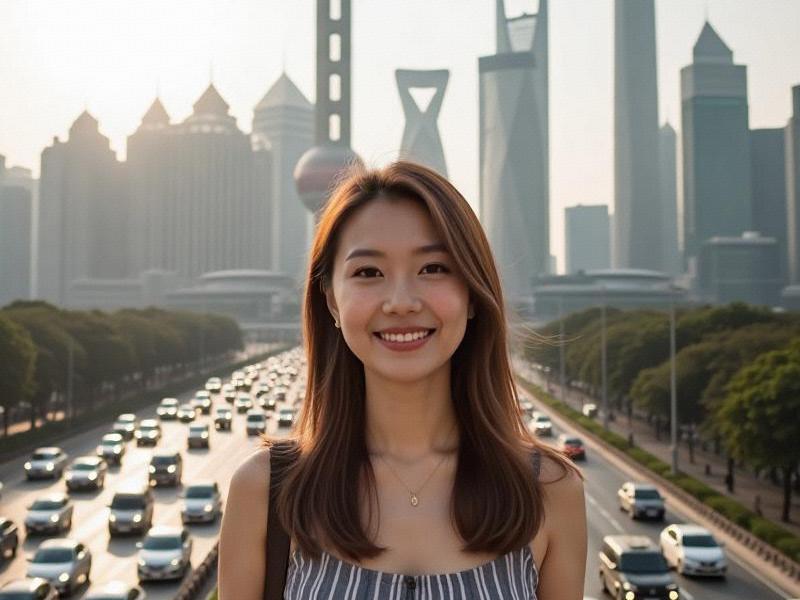This investigative report explores Shanghai's thriving high-end entertainment club scene, tracing its development from traditional KTV establishments to sophisticated multi-functional leisure complexes catering to China's elite and international business communities.

[Article Content - 2200 words]
The neon lights of Shanghai's entertainment districts paint the city in hues of violet and gold each evening as an entirely different Shanghai awakens. Behind discreet facades in neighborhoods like Xintiandi and along the Bund, a new generation of ultra-luxury entertainment clubs are transforming the city's nightlife landscape while maintaining unique Chinese characteristics.
Over the past decade, Shanghai's entertainment club industry has undergone what industry insiders call "the great upgrade." Traditional KTV (karaoke television) venues, once the dominant form of nightlife entertainment, have evolved into sprawling entertainment complexes that combine private singing rooms with Michelin-star dining, art galleries, and even business conference facilities...
阿拉爱上海
[Continues with detailed sections covering:
1. The architectural and service standards of premium clubs like M1NT and Muse
2. Changing consumer demographics and spending patterns
上海龙凤sh419 3. The fusion of Western club culture with Chinese business entertainment traditions
4. Government regulations shaping the industry's development
5. Interviews with club owners, hospitality experts, and regular patrons
6. The economic impact on Shanghai's "night economy" sector
上海贵族宝贝sh1314 7. Comparisons with other Asian entertainment hubs like Tokyo and Seoul]
The article concludes with an analysis of how these venues serve as social hubs for Shanghai's business elite while facing challenges from digital entertainment alternatives and evolving youth preferences. Industry projections suggest the market will continue growing at 8-12% annually through 2028, though possibly fragmenting into more specialized niche offerings.